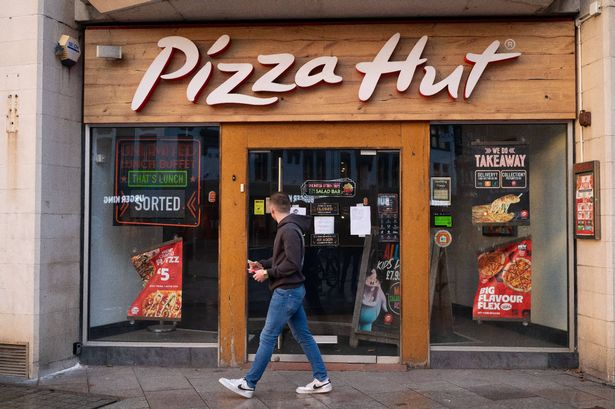Pizza Hut Restaurants Closing: What You Need to Know

Introduction
In recent months, numerous Pizza Hut restaurants across the UK have announced their impending closures. This development has raised concerns among employees, customers, and the wider community regarding the future of this iconic fast-food chain. Understanding the reasons behind these closures is crucial, as it reflects changing consumer behaviour and market dynamics in the food service industry.
Details of the Closures
Reports indicate that as many as 300 Pizza Hut locations, primarily in cities like London, Manchester, and Birmingham, have been identified for closure due to a mix of factors including declining sales, rising operating costs, and a shift in dining preferences. Franchisees have expressed difficulties in maintaining profitability, particularly during and after the COVID-19 pandemic, which accelerated changes in consumer dining behaviour.
Impact on the Community
The closures are expected to have a significant impact on local communities. Many of these restaurants have been staple dining options for families and party-goers alike. Furthermore, the loss of jobs is a pressing concern; thousands of employees may be affected, leading to economic challenges in the communities that these restaurants have served.
Future Outlook
Looking ahead, experts believe that the closures of Pizza Hut restaurants reflect a broader trend within the restaurant industry. More consumers are favouring delivery and takeaway options, often opting for local eateries over established chains. The rise of meal kit services and home cooking has also diverted some patronage from casual dining options.
In response, Pizza Hut is reportedly focusing on its operating model, emphasising a stronger digital presence, enhancing delivery services, and exploring new partnership opportunities. Industry analysts will be closely observing how these changes affect the remaining outlets and the brand’s overall market position.
Conclusion
In summary, while the closing of Pizza Hut restaurants marks a challenging chapter for the brand, it also serves as a critical reminder of the evolving landscape of the dining industry. For consumers, this development may mean fewer convenient dining options, while those in affected communities may feel the economic ripple effects. As Pizza Hut navigates this transition, its efforts to adapt to changing consumer demands may ultimately determine its future success.








